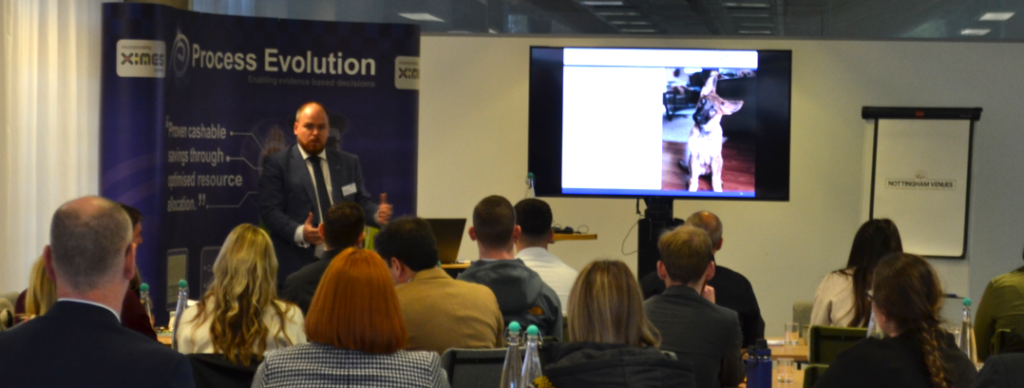;)
Ali delves into the pervasive issue of competing budgets in policing, introducing a solution in the form of the Resource Allocation Model for Police (RAMP). As the feedback from senior policing leaders highlighted the challenges of meeting resource demands, Ali explored the root causes and potential solutions.

Understanding the Challenge for Chief Officers
Ali began by addressing the common sentiment among senior policing leaders who face the constant demand for more resources. The question posed was whether the culture of resource requests existed prior to uplifts or if uplifts themselves created this expectation of abundant resources. The challenges are vast, including calls for service, workforce issues, increasing complexity, and the difficulty of benchmarking.
Ali acknowledged the challenging life of Chief Officers who must prioritise numerous requests. The complexity lies in understanding the effects of each decision, potential unintended consequences, and the difficulty in distinguishing crucial requests from the multitude of demands.
Introduction to RAMP
The Resource Allocation Model for Police (RAMP) was introduced as a structured framework designed to identify the required resources under different yearly demand scenarios and compare them with budgeted levels. RAMP facilitates rapid evaluation of operating models, organisational structures, and processes by accounting for key resource drivers using common data elements from operational systems.
Applications of RAMP
Ali highlighted some of applications of RAMP, including calculating the resources needed to address demand, optimising available resources for deployment, and evaluating alternative incident grading policies. RAMP addresses the challenges of demand management in policing, considering variations in work content, constraints on working hours, and minimum staffing levels.
Ali provided an overview of how RAMP works, involving high-level calculations based on annual volumes and static calculations for resource requirements.
Practical Example and Considerations
Ali concluded by presenting a theoretical example demonstrating the impact of changing remits and workload allocation between teams. He emphasised that while the example is simplified, more detailed considerations, such as crime allocation processes, geographical variations, and the impact of double handling, should be taken into account for a comprehensive understanding when using the tools in real-world situations.
A Step Towards Optimising Resources
Ali’s presentation re-introduced RAMP as a valuable tool for police forces to optimise their resources in the face of competing demands. While acknowledging the complexity of the policing environment, RAMP provides a structured approach to address resource challenges and enhance decision-making in the allocation of resources.
For more insights and updates, stay connected with our ongoing conversations at www.processevolution.co.uk or reach out to us via email at info@processevolution.co.uk